Is Skydiving Bad For Your Back?
Skydiving Tips
Posted by: Wisconsin Skydiving Center 5 years ago
Is skydiving bad for your back? There is no universal “yes” or “no” to this question as the scope and scale of back pain can range from discomfort in one’s sciatica to full-on spinal fusion surgery. Many people who suffer from back pain do skydive, and there are others who have experienced discomfort to their backs during a skydive. Each person’s condition should be treated on an individual basis.
Our purpose for this article is to share more information about the skydiving experience and how it affects the back between being in the aircraft, freefall, the deployment sequence and the landing sequence. We hope this information will give you enough detail to help you determine whether skydiving is a good idea or not if you suffer from any back issues.
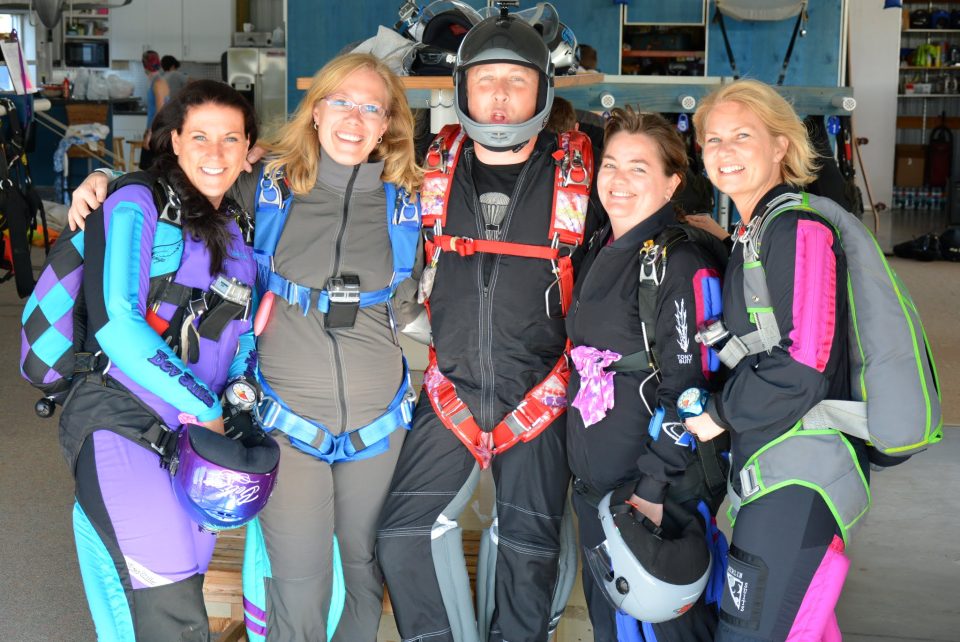
Setting a Physical Benchmark: The Ideal Skydiver
In order to determine the risk of skydiving and how it will affect your back, it’s important to set a baseline for risk by establishing what kind of person is best suited physically to make a skydive.
Ideally, an individual who is within the parameters for Body Mass Index for one’s age and sex, is “healthy” (whatever you and your doctor determine healthy to be), and has a good level of flexibility is best suited to make a tandem skydive. Physical ailments beyond this benchmark increase the risk quotient for injury or even death. It’s all about one’s health and the level of risk one is willing to undertake. For a deeper dive about overall health, you may find this article about skydiving health restrictions to be helpful.
Potential Moments for Back Pain During a Skydive
Making a skydive is a physical experience and there are four primary periods during the skydiving process where back strain is most often felt. These involve:
1. The Airplane
When it comes to skydiving aircraft, it’s important to note that they are used for quick commutes to 10,000 feet, not long haul flights. There are no jetways or comfy seats!
Boarding the aircraft is physically demanding as you will need to climb into the aircraft and once in, crawl on all fours to your designated position in the aircraft. Once situated, you’ll be sitting in position in close proximity to other jumpers without lots of room for adjusting.
Once it’s time to skydive, you’ll need to make your way to the door with your instructor attached to you (it’s a coordinated effort) in this confined space and then get your legs positioned out the door. If one has limited flexibility or severe back pain, this part of the jump will be strenuous.
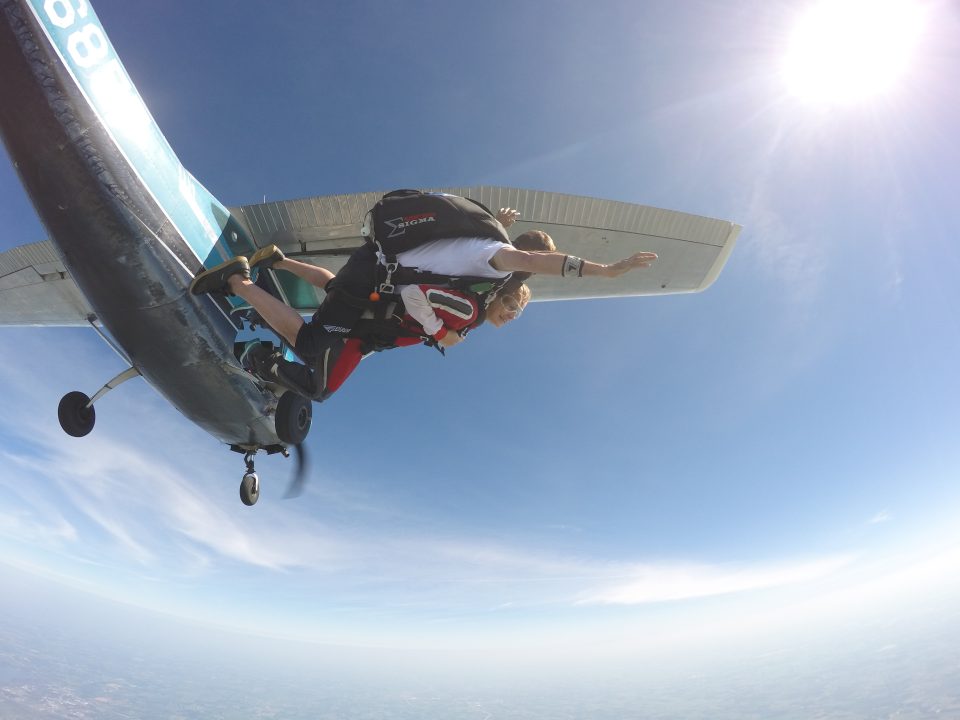
2. Free Fall
In order to have a controlled and stable free fall, the body position of both the tandem instructor and student is important. The ideal body position is to be in a curved or “arched” position much like the shape of a banana. To get in this position, one must bend in the lower back and push the hips forward. This arched position does put some pressure on the lower back.
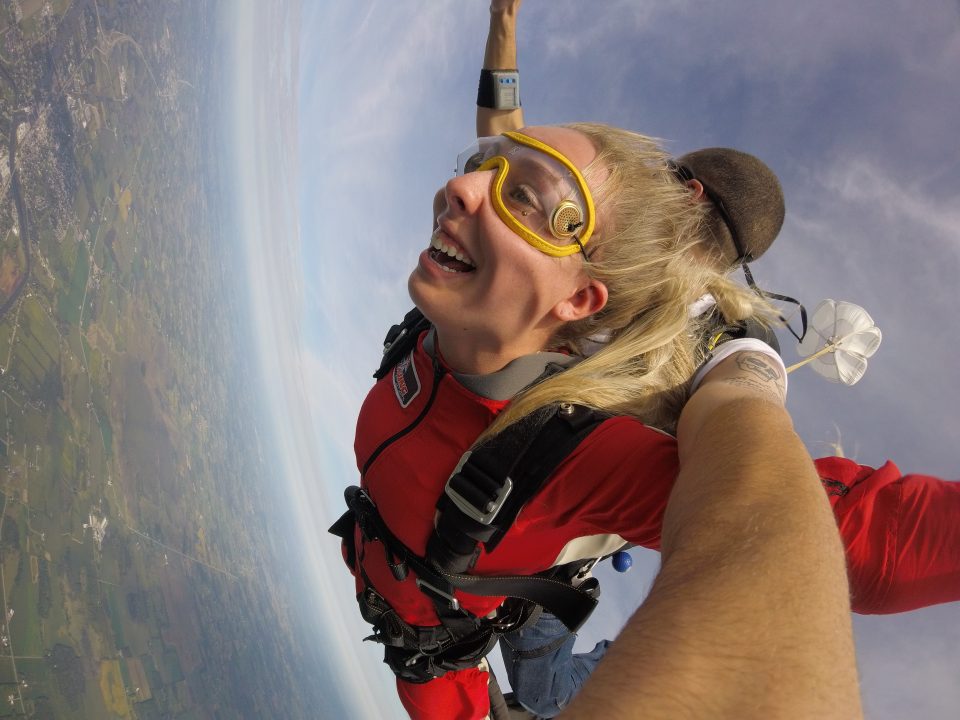
3. Deployment
The deployment sequence is the biggest area of concern for most people particularly those who have had back surgery from spinal fusion or those that have had hardware (plates and screws) placed in the neck or back to add stability. Deployment puts strain on the back and neck when the 120mph free fall rapidly slows down to less than 10 mph in a few seconds.
No opening is ever the same – some parachute openings occur faster than others which are known as “hard openings.” Another term used for the deployment sequence is “opening shock.” Some openings are gentle while others are more forceful and there are a myriad of variables that affect the level of force.
While many people are able to endure the deployment sequence of the parachute without issues, individuals with prior neck and back injuries should use extra caution and speak with their medical doctors before deciding to skydive.
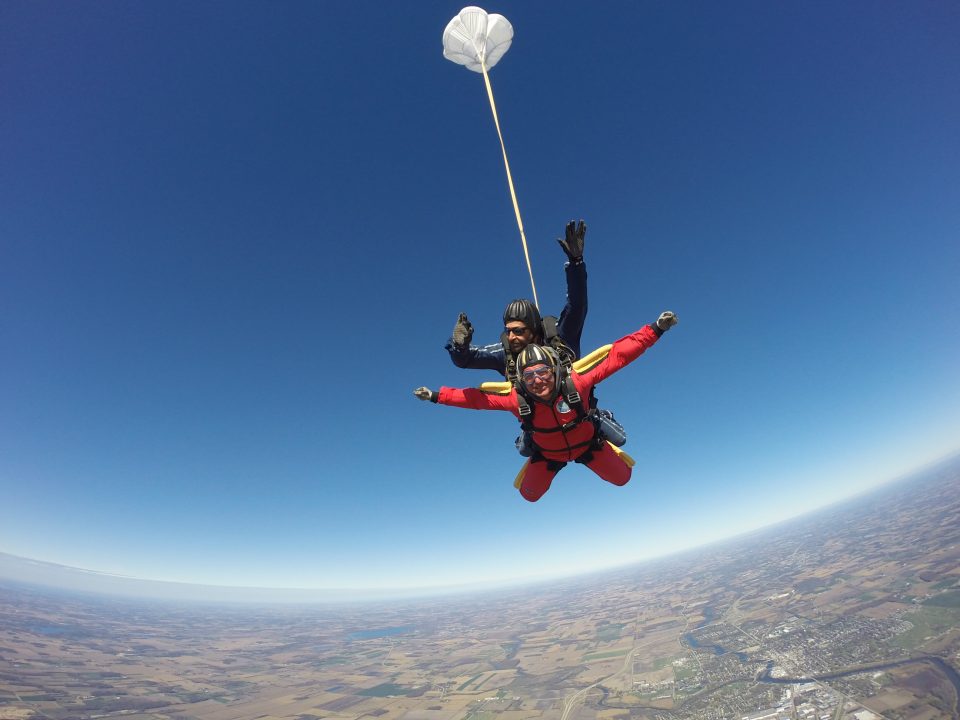
4. Landing
Similar to deployment, no two landings are ever the same. There are good and bad landings where the instructor and student land softly and other times land more aggressively. The type of landing any skydiver has under any parachute is also affected by a myriad of factors.
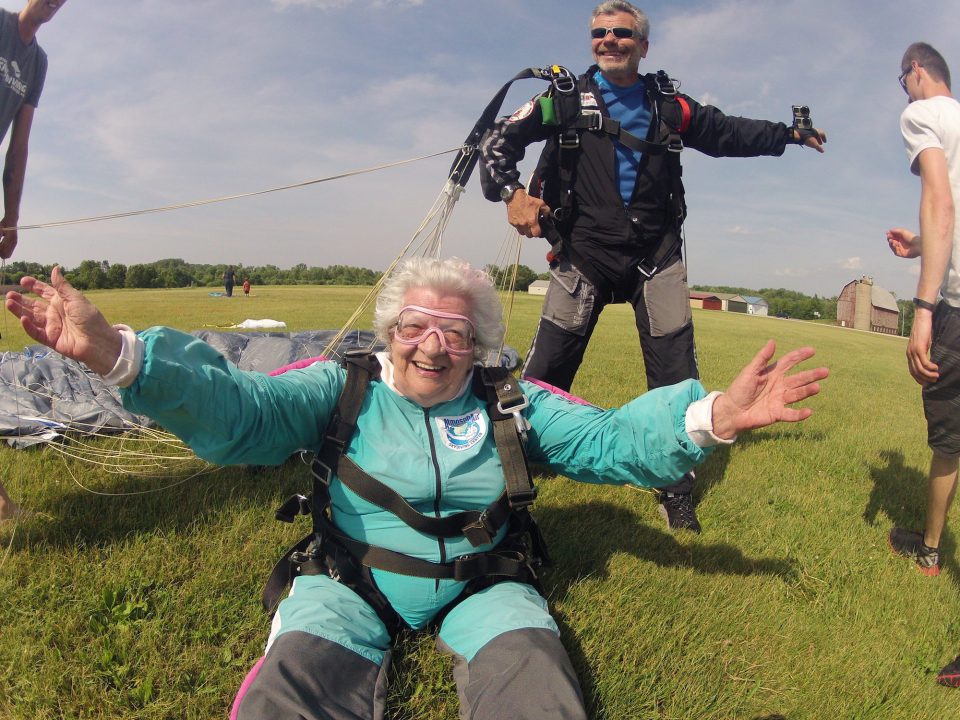
In Summary
If you’ve read through this article, you may be thinking that skydiving is definitely not for you (even if perfectly healthy). We actually don’t think this is a bad thing as it’s important for everyone to think through the risks involved and whether the risk is worth taking.
In our article, “Is Skydiving Safe”, you can read through some of the safety statistics involved with making a jump to get a better overall sense of how many fatalities occur each year and how those benchmarks compare to other activities. As you can see in the video below, skydiving can be done safely by guests at various ages, but it essentially boils down to one’s overall health.
Should you have additional questions about this topic or any other related to skydiving, feel free to contact us!
Related Articles
- Is Skydiving Safe?
- Skydiving Health Restrictions
- Skydiving Free Fall – What It’s Like
- Why Skydiving Is Like Therapy
- Skydiving Health Requirements
- How To Prepare For Your First Jump
- Top 5 Mental, Psychological and Physical Benefits of Skydiving
- What To Wear During Your First Jump
- Our Greatest Honor: Making Skydiving Accessible
- Skydiving in Hollywood Movies: Not Totally Accurate
- What Motivates Us To Take Risks?
- How Parachutes Work
- Video: The Beauty of Skydiving
Categories:
You May Be Interested In:
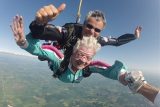
Can You Skydive With Dentures?
2 months ago by Wisconsin Skydiving Center
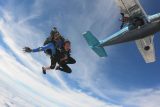
Why Is Skydiving So Expensive?
4 months ago by Wisconsin Skydiving Center

Can You Skydive In The Winter?
5 months ago by Wisconsin Skydiving Center
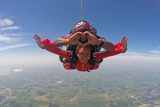
23 of the Best Skydiving Quotes and Captions for Social Media
12 months ago by Wisconsin Skydiving Center